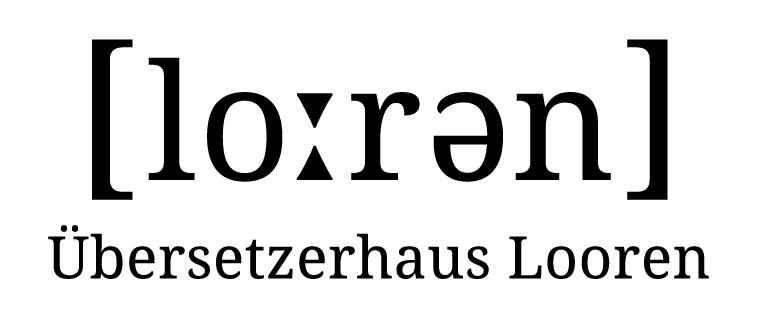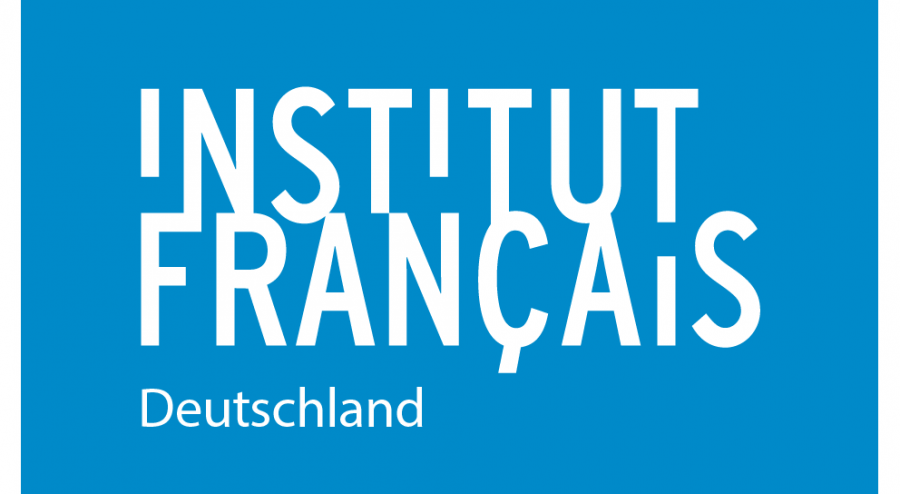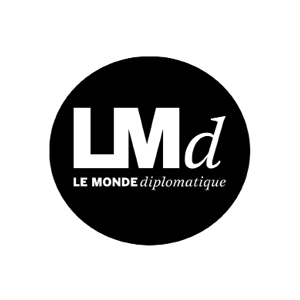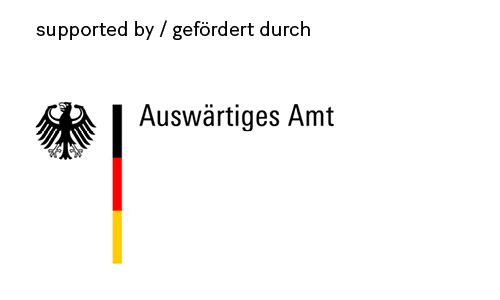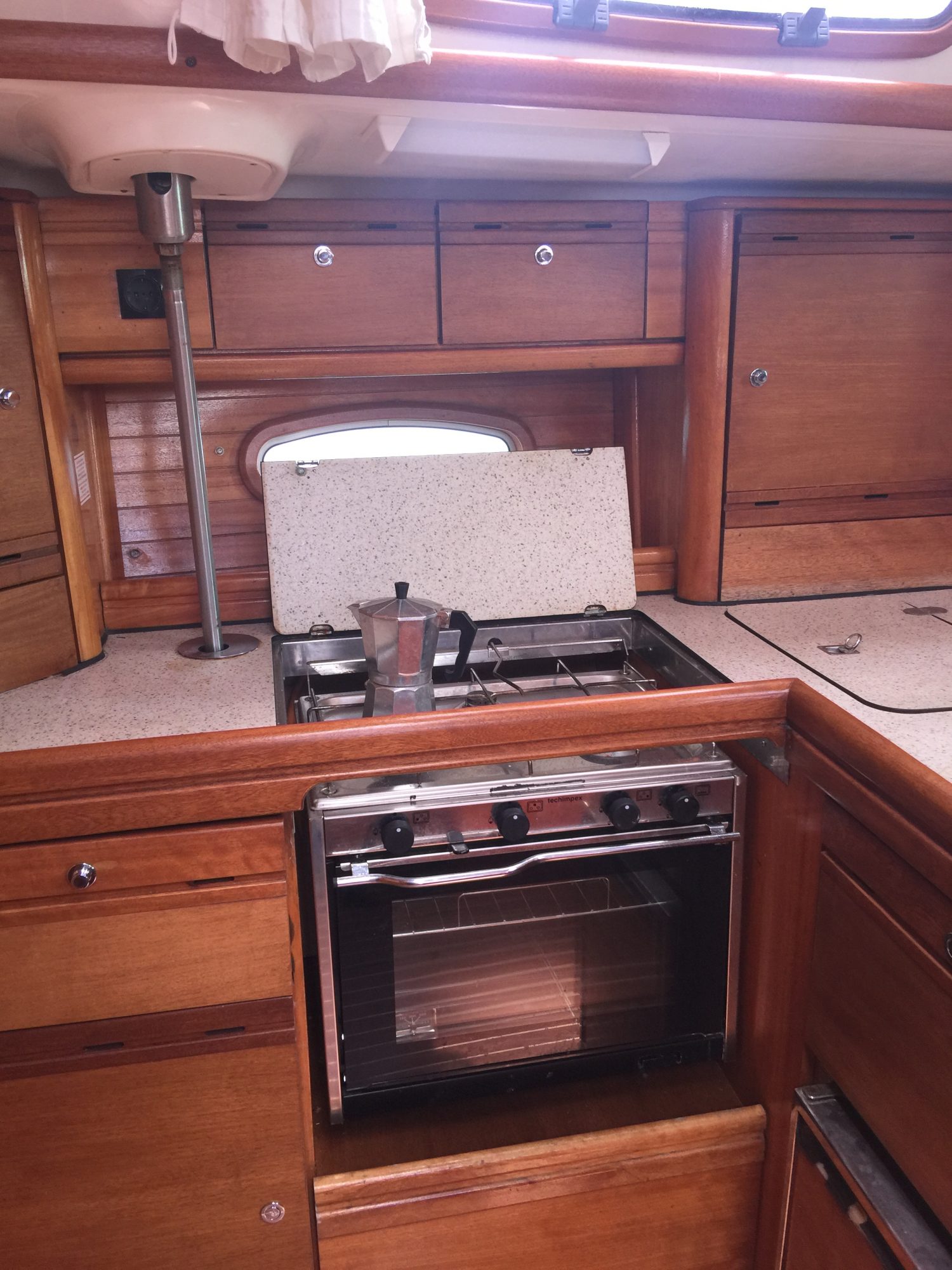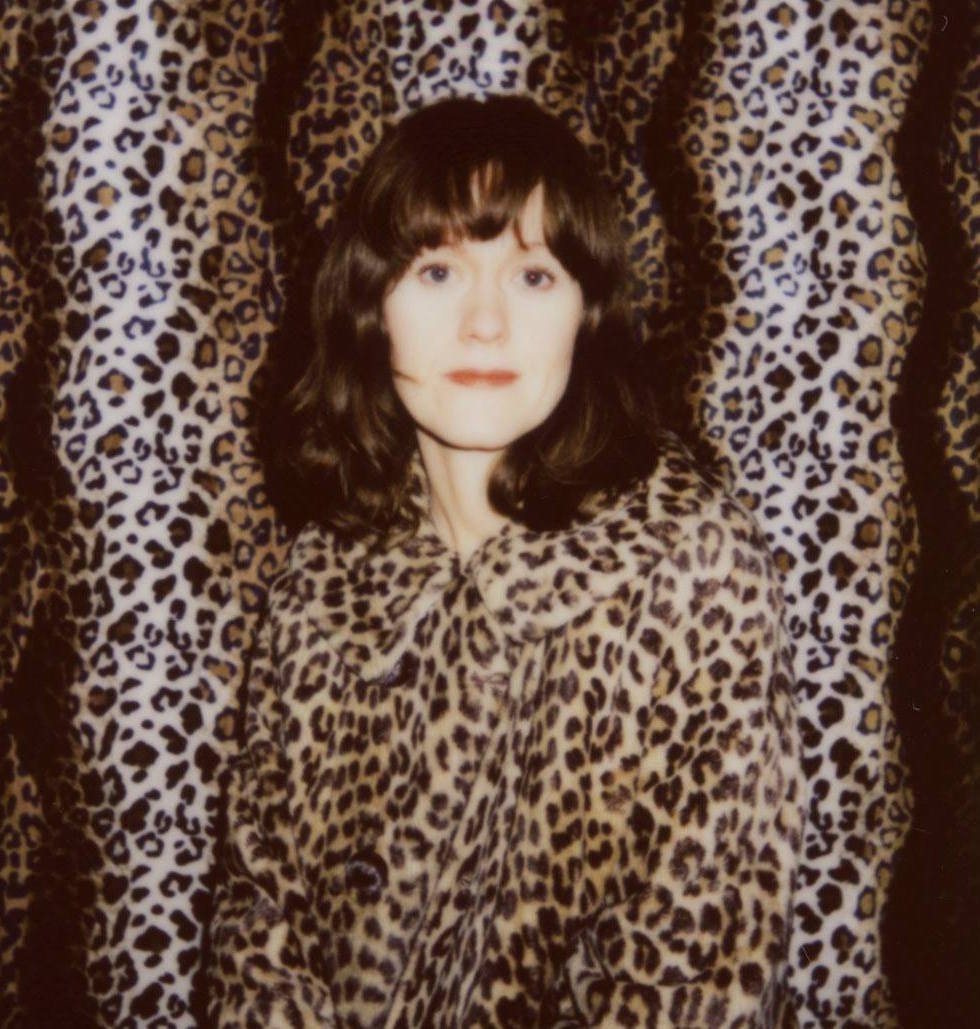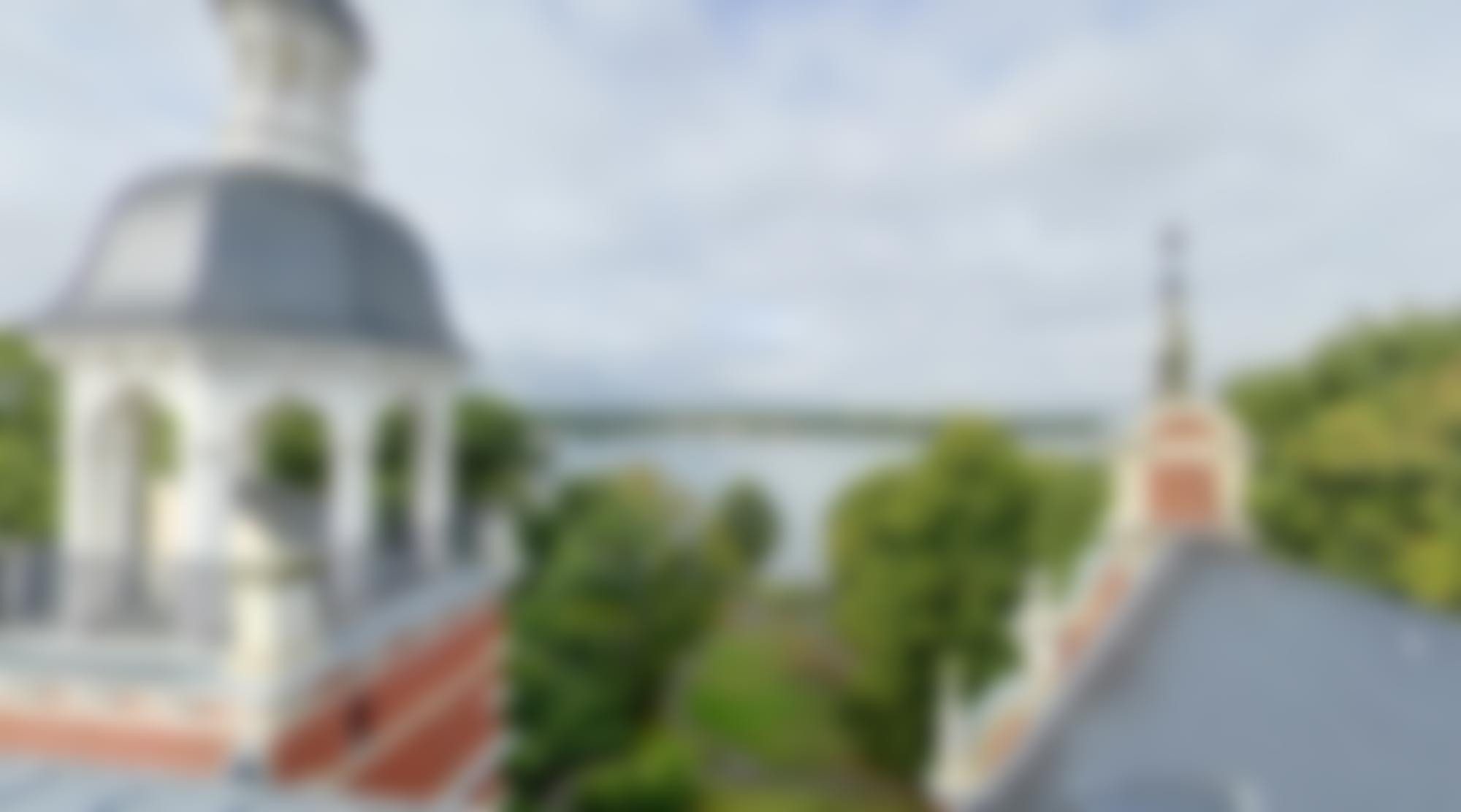Seglbáturinn
Kaupum seglbát, sagði sambýlismaður minn fyrir rúmum tveimur árum síðan. Hugmyndin var fjarstæðukennd. Hann var á þeim tíma atvinnulaus og ég var ófrísk og í námi. Ég hafði líka alltaf verið haldin djúpstæðum ótta við sjóinn. Ólíkt flestum Íslendingum ólst ég ekki upp við að sjá sjóinn eða umgangast hann. Mig sundlaði í hvert sinn sem ég svo mikið sem steig fæti á bryggju og lögun fæðingarbletts yfir vinstra lunganu á mér hafði sannfært mig um að ég hefði drukknað í fyrra lífi.
Við notum bátinn til að búa til tekjur. Ég sigli með ferðamenn og við leigjum bátinn út á Airbnb á veturna, bætti sambýlismaður minn við og þuldi upp allskonar tölur. Hann gerði viðskiptaáætlun og sótti námskeið í rekstri fyrirtækja í ferðamannaiðnaðinum, nýjustu gullnámu Íslendinga. Á endanum sannfærði hann mig. Svo bankann. Við fengum lán og keyptum gamlan og slitinn seglbát. Fyrsta sumarið möluðum við gull. Svo kom veiran.
Nú býr vinur okkar sem við skulum kalla E. í bátnum. Hann fer lítið af bryggjunni en er búinn að eignast vin í næsta bát, íslenskan sjómann með þykkar hendur og rautt andlit. Þegar við komum á bryggjuna með börnin okkar ljómar hann eins og ljósapera. E G G E R T segir hann með þykkum hreim og breiðir faðminn út á móti vaggandi tuttugu mánaða syni okkar.
E. á sjálfur þrjá syni sem líkjast honum allir, með möndlulaga augu og stríðnislegan svip. Hann hefur aldrei hitt yngsta son sinn sem er tæplega fjögurra ára. Mér þykir það leitt, segi ég. Nei, nei, allt í lagi, allt í lagi, segir E. og brosir svo skín í örlítið dökkar tennur. Hann er yngri en við en slútandi axlirnar láta hann virðist eldri.
E. er flóttamaður sem á að vísa á brott af því að hann er með stimpil frá Grikklandi. Í flóttamannabúðunum í Grikklandi var frændi hans stunginn með hníf í hjartað af manni sem laumaðist inn í gáminn þar sem þeir sváfu. Þegar E. fékk vernd í Grikklandi, var hægt að vísa honum úr flóttamannabúðunum. Hvert á ég að fara, hvar get ég sofið? spurði hann. Undir þessu tré, sagði gríski lögreglumaðurinn og benti langt í burtu.
Ertu leiður, líður þér illa? spurði íslenski lögreglumaðurinn vingjarnlega en E. hafði verið hent út af heimili fyrir hælisleitendur fyrir að neita að fara í Covid próf og aðstoða þannig við yfirvofandi brottvísun sína. Já, mér líður mjög illa, svaraði E. en á þessum tíma stóðu einnig yfir stöðugar sprengjuárásir á heimaland hans. Tilhugsunin um börnin sín liggjandi í húsarústum hafði gert hann öskugráan á örfáum dögum. Nú, fyrst þér líður svona illa hérna skal ég persónulega borga fyrir þig farið til Grikklands, hreytti lögreglumaðurinn í hann og varð skyndilega allur krepptur í framan eins og hnefi.
Mér þykir það leitt, mér þykir það svo leitt, segi ég.
Allt í lagi, allt í lagi, segir E. og tekur fram símann til að sýna mér nýjustu myndina af yngsta syni sínum.
Das Segelboot
Lass uns ein Segelboot kaufen, sagte mein Freund vor etwas mehr als zwei Jahren. Die Idee war absurd. Er war damals arbeitslos und ich schwanger und im Studium. Außerdem hatte ich schon immer große Angst vor dem Meer. Anders als die meisten Isländer bin ich nicht mit dem Meer aufgewachsen. Mir wurde schon schwindelig, wenn ich nur einen Fuß auf eine Kaimauer setzte, und den Leberfleck über meinem linken Lungenflügel deutete ich als sicheres Indiz dafür, dass ich in einem früheren Leben ertrunken bin.
Wir verdienen mit dem Boot. Ich biete Touren für Touristen an und im Winter vermieten wir das Boot über Airbnb, fantasierte mein Freund weiter und ratterte diverse Zahlen runter. Er stellte einen Businessplan auf und besuchte einen Kurs für Unternehmensführung in der Tourismusbranche, der neuesten Goldmine der Isländer. Erst überzeugte er mich. Dann die Bank. Wir bekamen einen Kredit und kauften ein altes, heruntergekommenes Segelboot. Im ersten Sommer haben wir richtig Geld gemacht. Dann kam das Virus.
Inzwischen wohnt ein Freund auf dem Boot, nennen wir ihn E. Er verlässt nur selten den Anleger, aber er hat auf dem benachbarten Boot einen Freund gefunden, einen isländischen Fischer mit dicken Händen und rotem Gesicht. Wenn wir mit unseren Kindern zum Kai kommen, strahlt er wie eine Glühbirne. E G G E R T, sagt er dann mit starkem Akzent und empfängt unseren schwankenden, zwanzig Monate alten Sohn mit ausgebreiteten Armen.
E. hat drei eigene Söhne, die ihm alle ähnlich sehen, mit mandelförmigen Augen und schelmischem Blick. Seinen jüngsten Sohn, der knapp vier Jahre alt ist, hat er noch nie von Angesicht zu Angesicht gesehen. Das tut mir leid, sage ich. Nein, nein, alles gut, alles gut, sagt er und lächelt mit seinen leicht verfärbten Zähnen. Er ist jünger als wir, aber die hängenden Schultern lassen ihn älter wirken.
E. ist Flüchtling und soll ausgewiesen werden, weil er einen griechischen Stempel im Pass hat. Im Flüchtlingslager in Griechenland wurde einer seiner Verwandten durch einen Messerstich ins Herz getötet, nachdem sich jemand in den Container geschlichen hatte, in dem die Familie schlief. Als E. Asyl in Griechenland gewährt wurde, musste er das Lager verlassen. Wo soll ich hin, wo soll ich schlafen?, fragte er. Unter dem Baum da, antwortete der griechische Polizist und zeigte in die Ferne.
Hast du Kummer, geht‘s dir nicht gut?, erkundigte sich der isländische Polizist freundlich, nachdem man E. aus dem isländischen Flüchtlingsheim geworfen hatte, weil er einen Coronatest verweigert und dadurch seine drohende Abschiebung befeuert hatte. Nein, es geht mir richtig schlecht, antwortete E. Zu der Zeit wurde sein Land von ständigen Bombenangriffen heimgesucht. Der Gedanke an seine Kinder in zerbombten Häuserruinen hatte ihn binnen weniger Tage aschfahl gemacht. Wenn es dir hier so schlecht geht, bezahle ich dir gern aus eigener Tasche die Reise nach Griechenland, fuhr der Polizist ihn an, dessen Gesicht sich wie eine geballte Faust zusammengezogen hatte.
Es tut mir leid, es tut mir so leid, sage ich.
Alles gut, alles gut, sagt E. und holt sein Handy heraus, um mir die neuesten Fotos von seinem jüngsten Sohn zu zeigen.
Übersetzung: Anika Wolff
The Sailboat
“Let’s buy a sailboat,” my partner said to me just over two years ago. The idea was almost ludicrous. At the time, he was unemployed and I was pregnant and in school. What’s more, I’d always had a deep-rooted fear of the sea. Unlike most Icelanders, I didn’t grow up seeing the sea or hanging around it. I felt dizzy every time I so much as set foot on a jetty, and the shape of the birthmark over my left lung convinced me that I had drowned in a previous life.
“We’ll use the boat to make more money. I’ll take tourists sailing and we’ll rent it out on Airbnb in the winter,” my partner added, before reciting all sorts of numbers. He wrote up a business plan and took courses on running a successful company in the travel and tourism industry, the Icelanders’ latest gold mine. In the end, he convinced me. And then the bank. We took a loan and bought a tired old sailboat. The first summer, we raked in the cash. Then came the virus.
Now a friend of ours, whom we’ll call E., lives in the boat. He hardly ever leaves the jetty, but has made a friend in the next boat over, an Icelandic sailor with thick hands and a red face. When we come down to the boat with our kids, he beams like a light bulb. “E G G E R T,” he says in a thick accent, spreading his arms wide to hug our waddling twenty-month-old son.
E. himself has three sons who all resemble him, with almond-shaped eyes and mischievous expressions. He has never met his youngest son, who is almost four years old. “I’m sorry,” I say. “No, no, it’s all right, it’s all right,” says E., his smile revealing his slightly dark teeth. He’s younger than us, but his rounded shoulders make him look older.
E. is a refugee who is set to be deported because he has a residence permit from Greece. At the refugee camp in Greece, his nephew was stabbed in the heart by a man who snuck into the shipping container where they slept. When E. was granted asylum in Greece, he could then be expelled from the refugee camp. “Where should I go, where can I sleep?” he asked. “Under that tree,” said the Greek policeman, pointing in the distance.
“Are you sad, do you feel bad?” asked the Icelandic policeman kindly when E. was thrown out of a home for asylum seekers for refusing to take a Covid test, which of course did nothing to help delay his impending deportation. “Yes, I feel very bad,” E. replied. At the time, there were constant bombings going on in his homeland. The thought of his children lying in the rubble of a bombed building had turned him pallid in just a few days. “Well, since you feel so bad here, I’ll personally pay for your ticket back to Greece,” the policeman retorted, his face suddenly clenched up like a fist.
“I’m sorry, I’m so sorry,” I say.
“It’s all right, it’s all right,” says E., and he takes out his phone to show me the most recent photo of his youngest son.
Übersetzung: Philip Roughton
Teilen


